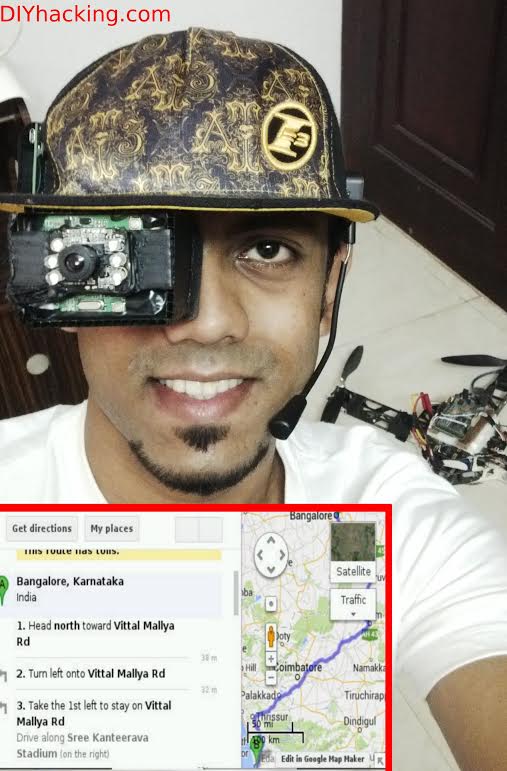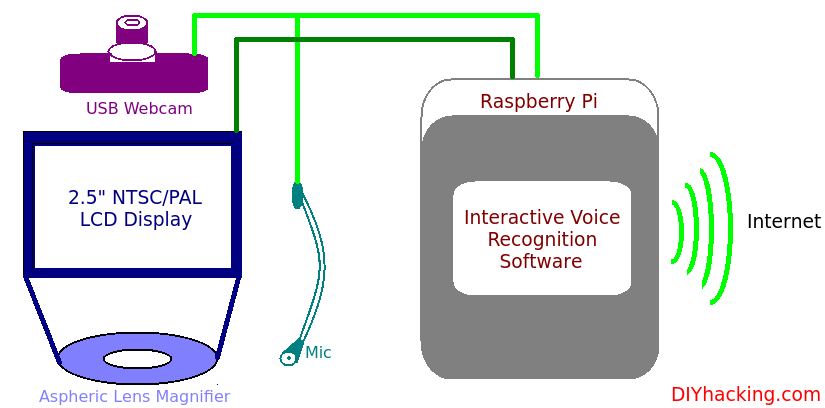- City Fajr Shuruq Duhr Asr Magrib Isha
- Dubai 04:26 05:44 12:20 15:47 18:50 20:08
An Indian innovator claims to have built an augmented reality head-mounted display, a.k.a. Google Glass, for less than Rs4,500 ($74, Dh272) and in less than one month using open source hardware.
And not just build it, Arvind Sanjeev, Chief Inventor and Founder A.R.S. Devices, has also put the steps up on a blog DIY Hacking for anyone else who might be interested in making their own version.

“Head mounted displays are definitely the latest fad that’s going around town now,” he says. “You might have seen several wearable displays such as the Google Glass, and many others including virtual reality systems like the Oculus Rift,” he noted.
“If you ever wanted to build one for yourself from scratch, and are not willing to pay $1,500 just to experience its functionalities, then this DIY Head Mounted Display project is for you,” he says before launching his ‘tutorial’ on how to go about creating your own.
“This DIY hacking tutorial will show you how you can make your own head mounted, virtual reality or augmented reality displays. I have built a ‘Smart Cap’, first of its kind, having a head mounted display on it. Here, I will instruct on how to build a monocular wearable display that runs on the raspberry pi,” Sanjeev notes.
His system includes a webcam for video sharing and recording and also incorporates voice recognition for a hands-free experience. “Thus, you will be able to build an interactive voice recognition based wearable display at the end of this tutorial,” he claims.
Sanjeev hails from Ernakulam, Kerala and holds an engineering degree from Kerala’s TocH Institute of Science and Technology.

“Before I got introduced to Arduino [an open-source electronics platform based on easy-to-use hardware and software] in college, I had no idea how a calculator works or how I could build one,” the 23-year-old Sanjeev confesses, maintaining that he couldn’t learn anything about building computer hardware at his engineering college and decided to make all his projects available for anyone to replicate.
He claims that he started a blog DIY Hacking in order to tutor students, hobbyists, etc. about the latest technology development so they don’t feel lost as he once did.
“I am highly passionate towards technology and strive to gain technical knowledge by taking a pragmatic approach with respect to it,” noted his LinkedIn profile.
“While in college, I was able to create some veritable gadgets and systems in the connected devices genre. The attention gained by these projects persuaded me to start my own company which housed several product prototypes like RideSmart, etc.”
He adds: “Being an ardent enthusiast of wearable technologies and while playing the role of CTO for Fin Robotics aka RHL Vision, I was able to prototype the technology for "Fin" - A BLE enabled thumb ring, that can control applications within your smart phones or other smart devices.
“For the purpose of honing the technology development skill sets of students in our community, I was able to create a platform called DIY Hacking. It features several open source projects based on latest technologies, aiming to ignite their zeal for tinkering,” he claims.
![]() Follow Emirates 24|7 on Google News.
Follow Emirates 24|7 on Google News.